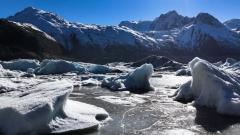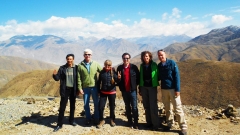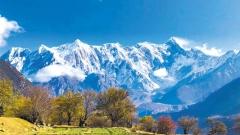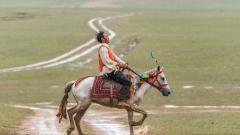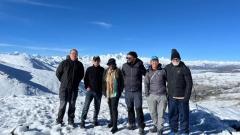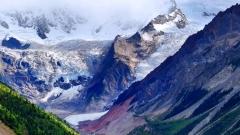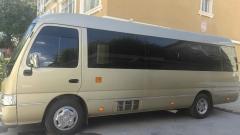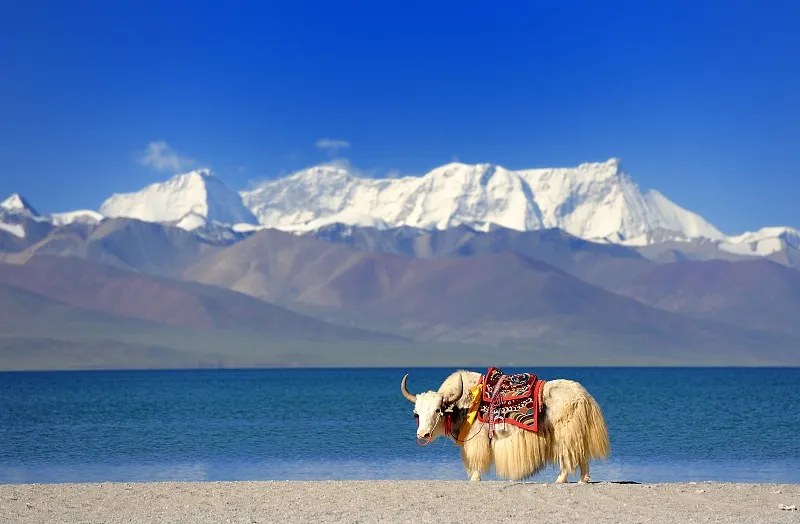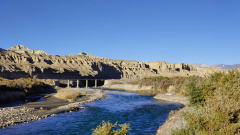Lhasa is a city that seems to live by its own calendar: a place of high-altitude light, ancient temples and a rhythm of festivals and pilgrimages that change with the seasons. While you can visit Lhasa year-round, the most comfortable window for most travellers is late spring through early autumn – roughly May to October. That said, every season offers its own rewards.
Quick Essentials – Before Arriving in Lhasa
- Tibet Travel Permit is mandatory for all foreign tourists. You cannot board a flight or train to Lhasa without it; permits are arranged through a licensed Tibet travel agency and must be confirmed before arrival. Book your tour and permit well in advance, especially in peak season.
- Altitude matters. Lhasa sits around 3,650–3,700 m (about 12,000 ft). Plan at least 1–2 days of gentle activity on arrival to acclimatize.
- Festival dates move each year. Many important Tibetan festivals follow the lunar calendar; exact Gregorian dates change annually — check the calendar for the year you plan to travel.
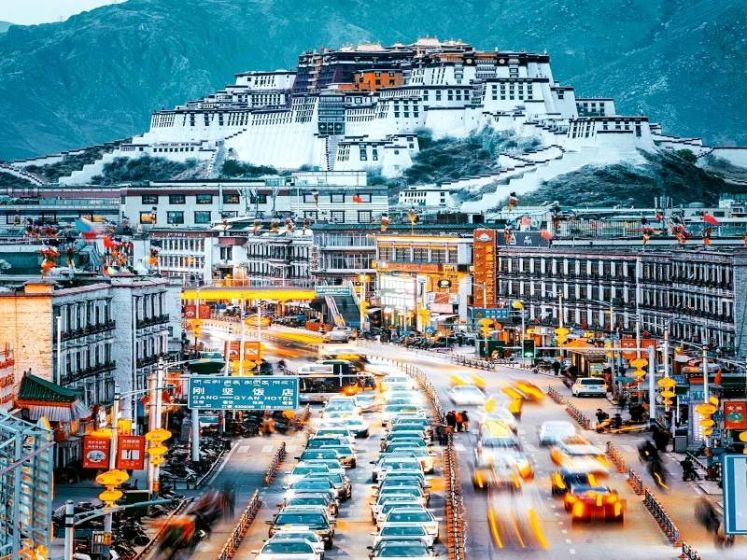
Lhasa
Lhasa’s Seasonal Climate and Scenic Features
Spring (April–May) — fresh light and first blooms
Spring warms Lhasa after the chill of winter: daytime temperatures commonly climb into the low teens and teens–20°C (50s–70s°F), while nights can still be cool. The city and surrounding valleys begin to green; apricot and peach trees bloom and the fields around Norbulingka and Pabonka look fresh and photogenic. Early springs deliver crisp, clear skies — perfect for sunrise photos at Potala Palace and for exploring monasteries while the crowds are still moderate. If you’re keen on cultural atmosphere, late May often overlaps with Saga Dawa, a deeply important Buddhist month that fills Jokhang, Barkhor Street and monastery circumambulations with pilgrims, spinning prayer wheels and a tangible religious energy. For photographers and culture-seekers, spring is magical.
Top activities in spring
- Sunrise at Potala Palace and a slow walk around Barkhor Street.
- Visit Pabonka Monastery to see architecture framed by spring blossoms.
- Day trip to Norbulingka and Sera Monastery before the high season crowds.
Packing tips (spring)
Layered clothing (light fleece + windproof jacket), sun hat, UV sunglasses, sunscreen (UV is strong at altitude), comfortable walking shoes.
Summer (June–August) — warm days, festival energy, best oxygen levels
Summer is the warmest time of year in Lhasa with daytime temperatures typically around 20–23°C (68–73°F), cooling at night. Ironically, summer is also the highest oxygen season on the plateau, which many first-time visitors find helpful when acclimatising. Rain is possible (monsoon influence), but in Lhasa most summer rain falls late at night; days are often clear and bright for sightseeing. Meadows and highland pastures are lush, and this is prime time for hiking, visiting nearby hermitages and enjoying outdoor festivals like the Lingka gatherings in June and the flamboyant Shoton Festival in August — famous for giant thangka unveilings and Tibetan opera performances. If you want active daylight hours, long calls to the outdoors and festival atmosphere, pick summer.
Top activities in summer
- Hiking around Sera Ütse and Dode Valley.
- Attend Shoton Festival performances and witness the giant thangka (dates vary each year; in 2025 the main Shoton events fall in late August).
- Day trips to Yamdrok Lake or Ganden Monastery when the roads are clear and scenery is lush.
Packing tips (summer)
Light layers for daytime, warmer layers for nights, waterproof jacket for occasional rain, sturdy hiking shoes.
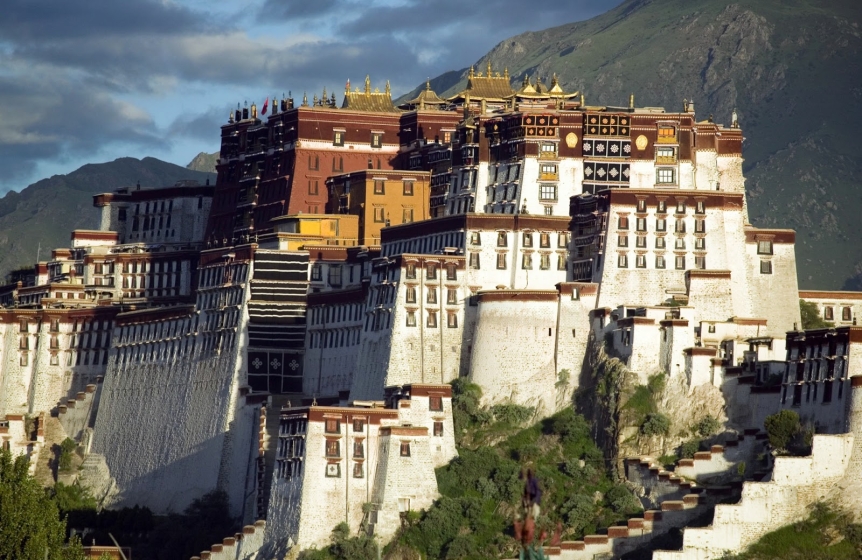
Potala Palace
Autumn (September–October) — the photographer’s golden hour
Autumn arguably offers Lhasa’s most spectacular visual palette. Daytime temps commonly sit between 17–20°C (63–68°F), nights grow cooler, and skies are remarkably clear — perfect for those iconic, saturated images of the Potala Palace and the deep blue of Namtso and Yamdrok lakes. Tree lines turn gold along the airport-to-city road and the highland light becomes crisp. Autumn is an excellent time for long day trips and outdoor photography, with far fewer rain interruptions than summer. If your travel priorities are scenery and photography, aim for September or early October.
Top activities in autumn
- Golden-light sunrise and sunset photo shoots at Potala Palace and along Lhasa River.
- Excursions to Namtso Lake (note: be mindful of colder nights at lakeside).
- Scenic drives to Yamdrok and Gyantse with calmer roads and great visibility.
Packing tips (autumn)
Warm layers for the morning/evening, windproof jacket, hat, gloves for higher-altitude lake visits.
Winter (November–February) — quiet temples, clear skies, budget friendly
Winter months bring a tranquil Lhasa: cold nights (often below freezing) but strong, bright sun during the day. Air is very dry and UV levels are high. Crowd levels and prices are at their lowest, and some travellers treasure the peaceful, devotional atmosphere as pilgrims complete winter kora and long circumambulations. Special winter highlights include smaller, very photogenic crowds around Jokhang and Barkhor and festivals like the Butter Lamp Festival in December and the joyful, color-filled Losar (Tibetan New Year) in late winter (date varies). If you welcome quiet streets, lower costs and an intimate feel, winter is a great choice — just pack for the cold and respect the high-altitude conditions.
Top activities in winter
- Experience Barkhor and Jokhang lit by butter lamps during seasonal festivals.
- Hot springs and bird-watching at reserves such as Nyingchi or Linzhou for migratory species.
- Low-season photography of Potala Palace with few tourists.
Packing tips (winter)
Insulated jacket, thermal base layers, warm hat, gloves, lip balm and moisturiser for dry air, sturdy warm boots.
Lhasa Festivals & Cultural Highlights
- Saga Dawa (May–June window, exact date shifts) — the holiest month for Tibetan Buddhists (celebrates Buddha’s birth, enlightenment and parinirvana). Expect large pilgrim gatherings and a very devotional atmosphere on Barkhor and at Jokhang.
- Lingka and summer picnics (early June-ish) — families gather under shade in Norbulingka for music and simple festivals.
- Shoton Festival (often August; in 2025 main events around Aug 23) — famous for the giant thangka at Drepung and Tibetan opera at Norbulingka; vibrant, theatrical and photo-rich.
- Butter Lamp Festival & Losar (winter/early spring) — dazzling temple light displays and the biggest Tibetan cultural party of the year (Losar dates change each year).
Tip: if a particular festival is your reason to travel, book at least months ahead — permits, accommodation and transport sell out during big festival weeks.
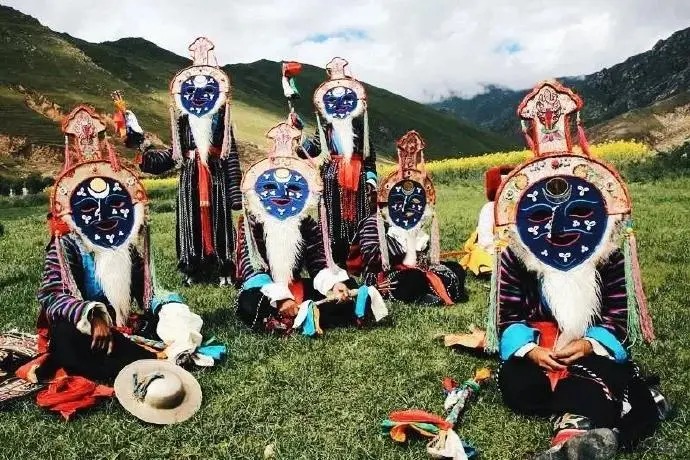
Shoton Festival Tibetan Opera
Practical Planning & Booking Before Arriving in Lhasa
- Book a licensed local agency: Tibet Travel Permits and many local arrangements must be processed via a registered agency — they also arrange guides, vehicles and itineraries. Plan permit and tour booking at least 4–6 weeks in advance during peak season.
- Transport: Flights and the spectacular Qinghai–Tibet train both serve Lhasa. The train is scenic but slower; flights are faster but may require permits before check-in.
- Accommodation: Choose central Lhasa (near Barkhor/ Potala) for easy walking access to main sites. Peak festival weeks need very early booking.
- Respect local customs: When entering temples and sacred spaces, dress modestly, remove hats, and follow local guidance (no loud photography in some interior halls).
Sample 3-day and 5-day Lhasa Mini-Itineraries
3-Day (ideal arrival in May–October)
- Day 1: Arrival & light acclimatisation — short evening walk around Barkhor Street; early dinner and rest.
- Day 2: Potala Palace in the morning, Jokhang Temple & Barkhor in the afternoon, watch sunset from a Potala viewing platform.
- Day 3: Day trip to Sera Monastery (monk debates) + Norbulingka gardens / free time for shopping.
5-Day (adds lakes & monasteries)
- Day 1–3: as above.
- Day 4: Full day trip to Yamdrok Lake and Karola Glacier (or Namtso if you prefer a longer lake day).
- Day 5: Ganden Monastery (or a gentle hike to Drak Yerpa hermitages), departure preparations.
Pick summer for better lake road conditions; autumn yields clearer photos.
⇒Classic Lhasa Group Tour Packages
Photography & Photo-tour Tips at Lhasa
- Golden hours matter more at altitude. Dawn and dusk bring spectacular coloration on white palace walls and mountain ridgelines.
- Protect your gear from UV and dust. Bring a lens cloth and keep gear covered when not in use.
- Polarising filter = deep blue skies. At high altitude, a polariser helps saturate skies and cut glare over lakes.
- Respect privacy at close range. Ask permission before photographing close-up pilgrims or ritual moments.
Want Help Planning Dates, Permits or A Tailor-made Lhasa Trip?
If you’d like someone to handle the logistics — permits, festival timing, local guides and customised itineraries — China Dragon Travel specialises in Lhasa and Tibet journeys for international visitors. They can advise which dates match your priorities (photography, festivals, hiking), secure necessary permits, and build a safe, acclimatisation-friendly plan so you make the most of your time on the plateau.
Lhasa rewards visitors in every season — whether you come for sunlit palaces in autumn, green summer pastures, the pilgrim energy of Saga Dawa, or the intimate quiet of winter temples.



